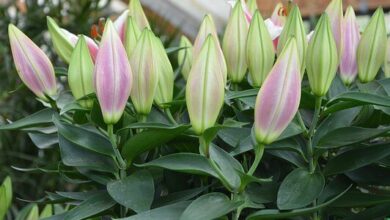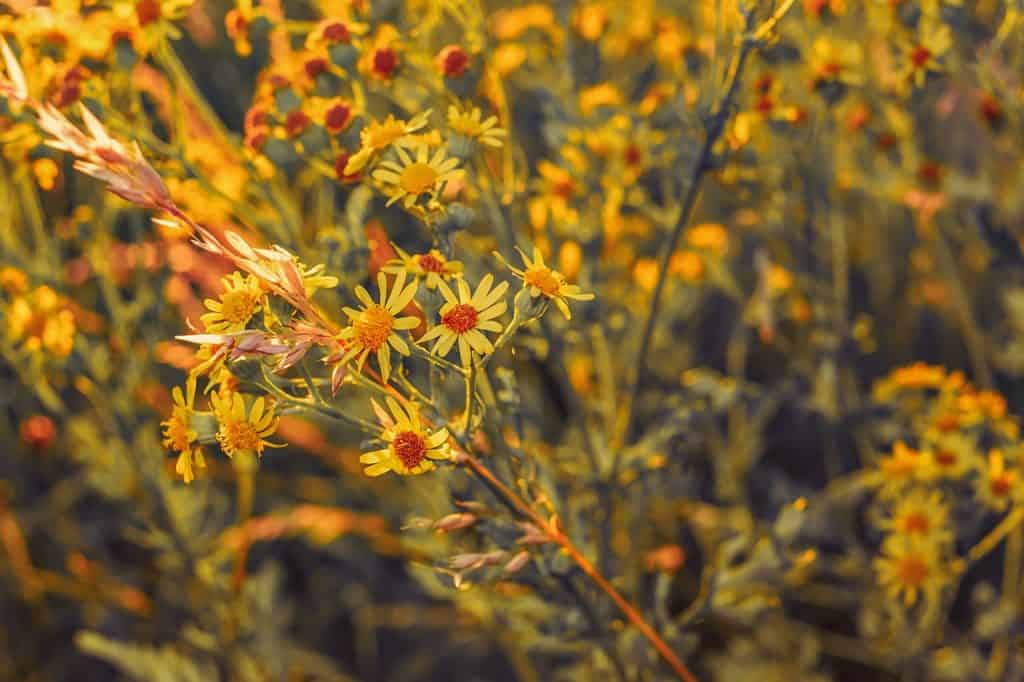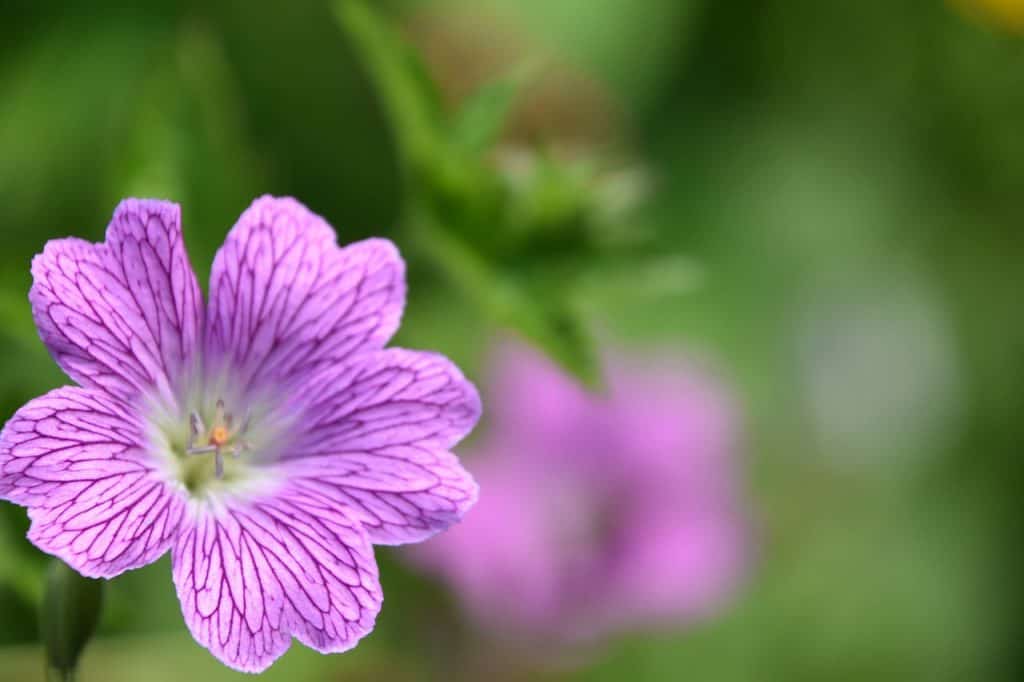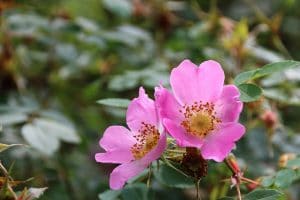Rosario Plant: [Care, Planting, Irrigation and Substrate]


This African creeper called Senecio rowleyanus, better known as Rosary Plant, is capable of being kept indefinitely as an indoor hanging plant, despite coming from a wild and semi-desert natural habitat.
Belonging to the genus of succulents, it emits a delicious smell of cinnamon when its white flowers bloom, between spring and autumn.
It has a foliage made up of leaves that look like pearls. That’s why they also call it Pearl Necklace. Each one is a water reservoir that helps this plant resist everything.
Another curious fact is that it emits a toxin that we should never consume, by contact with its foliage, because it causes vomiting, diarrhea and skin irritations.
Children and pets should be kept away from this plant, whose defense mechanism in the wild causes discomfort in controlled spaces.
Fortunately, it must be hung high so that its thin, elongated stems, riddled with fleshy leaves, can fully develop.
Temperature: Where do we plant the Rosario Plant?
 Climates that stay between 16 to 21 ° C will be perfect.
Climates that stay between 16 to 21 ° C will be perfect.
And the minimum bearable temperature should not go below 3°C, because although it is very resistant, its hanging development can be affected.
If the summer is harsh, it will perfectly acclimatize, given its temperate environmental origin.
Light: What needs do you have?
The ideal for a Rosary Plant or Pearl Necklace is to be kept in bright spaces, with some direct sun, near a window. Hang it strategically and you will see that it will give you very beautiful rewards.
An interior balcony will be your favorite place, since it can be nourished by good lighting, without the direct sun bathing it permanently.
In summer, it is unwise to subject it to the sun’s rays between 11 a.m. and 4 p.m.
Substrate and Fertilizer: How do we prepare the land?
The best substrate you can get is cactus. Or a special one for succulents, because they will drain all the excess water better.
 And if you add a worm or earthworm humus, the nutrition will be perfect for her. You can apply this operation twice a year. But there are expert gardeners who also recommend the use of a liquid fertilizer for cacti, which should be applied between spring and summer.
And if you add a worm or earthworm humus, the nutrition will be perfect for her. You can apply this operation twice a year. But there are expert gardeners who also recommend the use of a liquid fertilizer for cacti, which should be applied between spring and summer.
Another fertilization technique consists of using a liquid fertilizer that contains phosphorous, potassium and very little nitrogen. This softens them a lot, so keep an eye on this disastrous detail for Rosario.
Irrigation: how often and how?
As we have already said, the leaves of this succulent are especially beneficial in times of drought.
So the risks should be very moderate, timid. Always check first that the substrate has completely dried. Once or twice a week will be the stipulated frequency in times of growth. And it guarantees that the water runs off through the drains of the pot.
Your biggest enemy is excess water. Wet leaves are also not good. But if it happens you should reduce the watering that week.
Trick:A good way to combat high humidity is by placing a base of volcanic gravel at the bottom of the pot, as well as pieces of broken tiles or potsherds.
Take advantage of doing it when the time comes to do the transplant (every 2 or 3 years) because the puddles will be eliminated. And take good care of the leaves, because they are delicate.
In winter, the Rosario goes into rest and its substrate must remain dry. These minimal cares will give a healthy life to this unique plant with atypical leaves.

![Photo of Loquat Cuttings: [Grafts, Time, Rooting and Planting]](https://www.complete-gardening.com/wp-content/uploads/2022/08/loquat-cuttings-grafts-time-rooting-and-planting-390x220.jpg)

![Photo of Cascarudito Drill: [Characteristics, Detection, Effects and Treatment]](https://www.complete-gardening.com/wp-content/uploads/2022/08/cascarudito-drill-characteristics-detection-effects-and-treatment-390x220.png)
![Photo of List of [16] Indoor Plants that Bloom All Year](https://www.complete-gardening.com/wp-content/uploads/2022/08/list-of-16-indoor-plants-that-bloom-all-year-390x220.jpg)